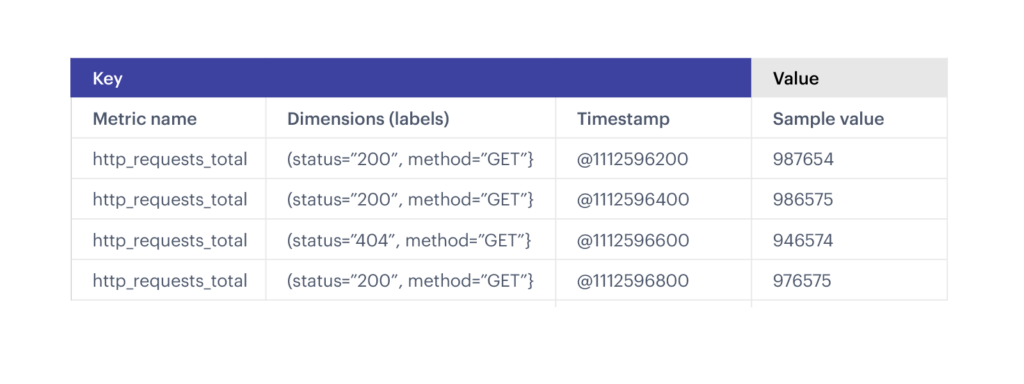Time-series data is simply data with a timestamp collected with the intent of tracking changes over time. A time-series database is a database system designed to store and retrieve such data for each point in time. Timestamped data can include data generated at regular intervals as well as data generated at unpredictable intervals.

The RedisTimeSeries module simplifies the use of Redis for time-series use cases like IoT data, stock prices, and telemetry. With RedisTimeSeries, you can ingest and query millions of samples and events at the speed of Redis. It supports a variety of queries for visualization and monitoring with built-in connectors to popular monitoring tools like Grafana, Prometheus, and Telegraf.
